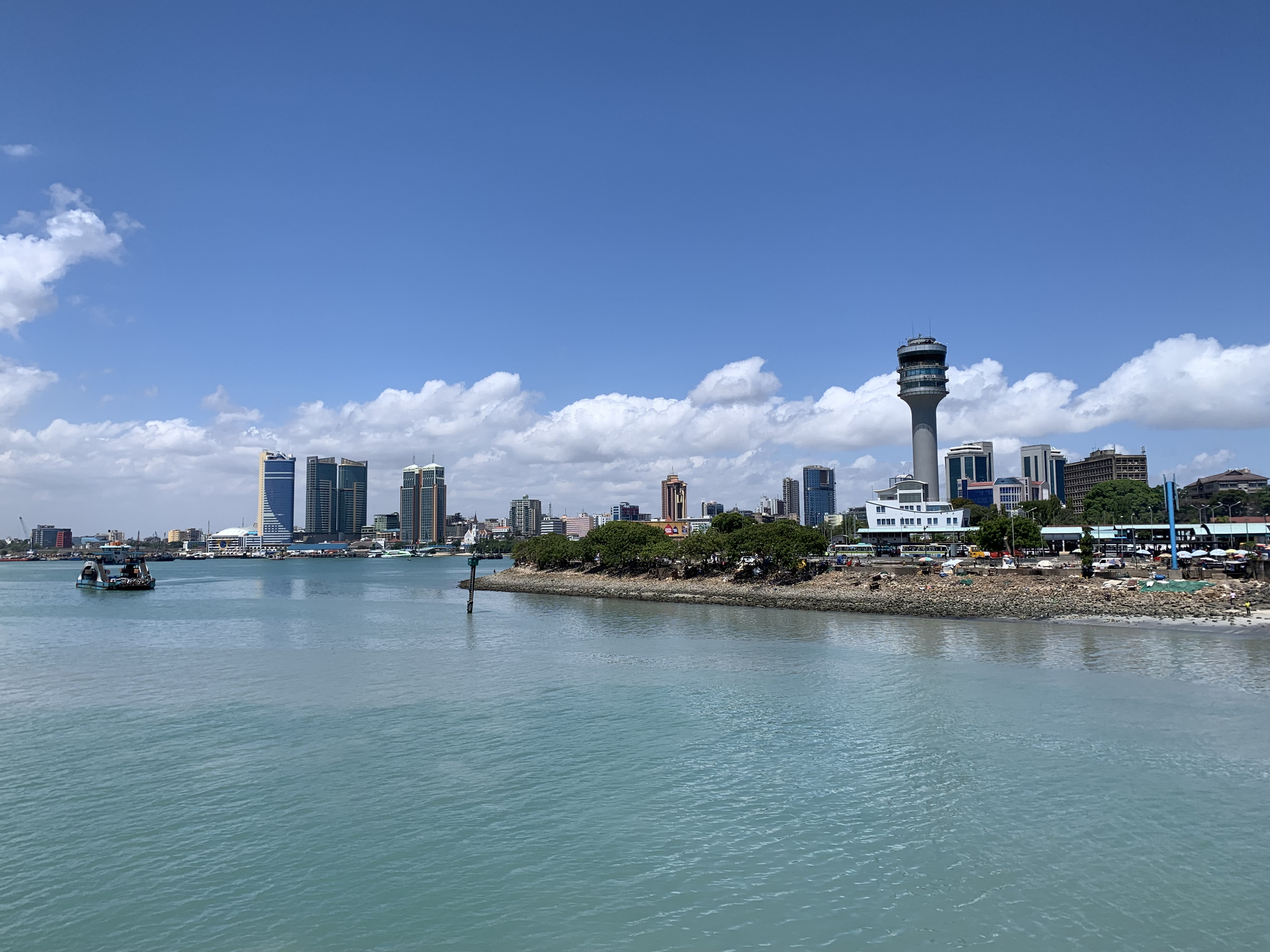On June 25, 2025, the Ethiopian Ministry of Finance (the "Ministry") released a new Directive on Structural Cost Reduction and Enhanced Transparency in the Power Sector No. 1067/2025 (the “Directive”). The Directive’s stated aim is to reduce costs and enhance transparency in Ethiopia’s power sector. It applies to all investment projects in the electricity sector, including generation, transmission, and distribution infrastructure, whether implemented through Public-Private Partnership (PPP) arrangements, Government-to-Government (G2G) transactions, or those directly financed or executed by State-Owned Enterprises (SOEs).
Key Highlights
Development of an Integrated Least-Cost Power Sector Development Plan - The Directive mandates the preparation, public dissemination, and periodic update (at least every three years) of an Integrated Least-Cost Power Sector Development Plan (“Plan”) by the Ministry of Water and Energy. The Plan must cover the full electricity value chain—generation, transmission, and distribution—and reflect evolving factors such as demand forecasts, technological change, demographic trends, and infrastructure capacity. It must be approved by the PPP Board, and all new power sector investments must be selected and designed following the Plan.
Deviations from the Plan - Any proposed power generation or expansion project not explicitly included in the Plan—whether public or private—must undergo formal validation by the Ministry of Water and Energy and receive prior approval from the PPP Board. The requesting party must provide a detailed, evidence-based justification grounded in technical, financial, or strategic considerations. If the PPP Board approves such a deviation, the Directive obliges the publication of the justifications for the approval.
Competitive Procurement - the Directive provides that open and competitive procurement will be the standard for all new PPP energy projects procured under the Plan. However, G2G transactions may proceed without competitive bidding if they align with the Plan and are approved by the Petroleum and Energy Authority and the PPP Board. Additionally, Power Purchase Agreements (“PPA”) signed before the Directive’s effective date are exempt only if they were lawfully executed under the prevailing legal framework, align with the Plan’s technical and financial objectives, and have not been materially amended post-effective date of the Directive. The PPP Board is required to publish all exemption decisions within 14 days of approval.
Exemptions: the Directive will not apply retroactively to the following categories of projects, provided that there is no material deviation from the original PPA.
- Any power generation, transmission, or distribution project that has already received formal approval from either the Petroleum and Energy Authority (PEA) or the PPP Board.
- Projects that were submitted for approval and were actively undergoing review or processing by PEA or the Ministry of Water and Energy.
- Projects that were already in the procurement, tender, or contract negotiation phase.
Conclusion
The Directive introduces a new layer to the PPP regulatory framework and imposes additional compliance requirements for procuring PPPs in the power sector. It mandates the preparation of a comprehensive power sector Plan, requiring that all future PPP projects fall within the Plan’s scope. Any deviation from the Plan must be formally verified by the Ministry of Water and Energy (MoWE) and approved by the PPP Board. However, the Directive does not specify a timeline for the Plan’s preparation or implementation. Given that all new PPP projects must align with the Plan, this ambiguity may result in delays to project development and execution. Further, while competitive procurement is already a core principle under the PPP legal framework, the Directive reinforces it as mandatory and limits exceptions to projects such as G2G transactions.
--
Read the original publication at Mekdes & Associates




